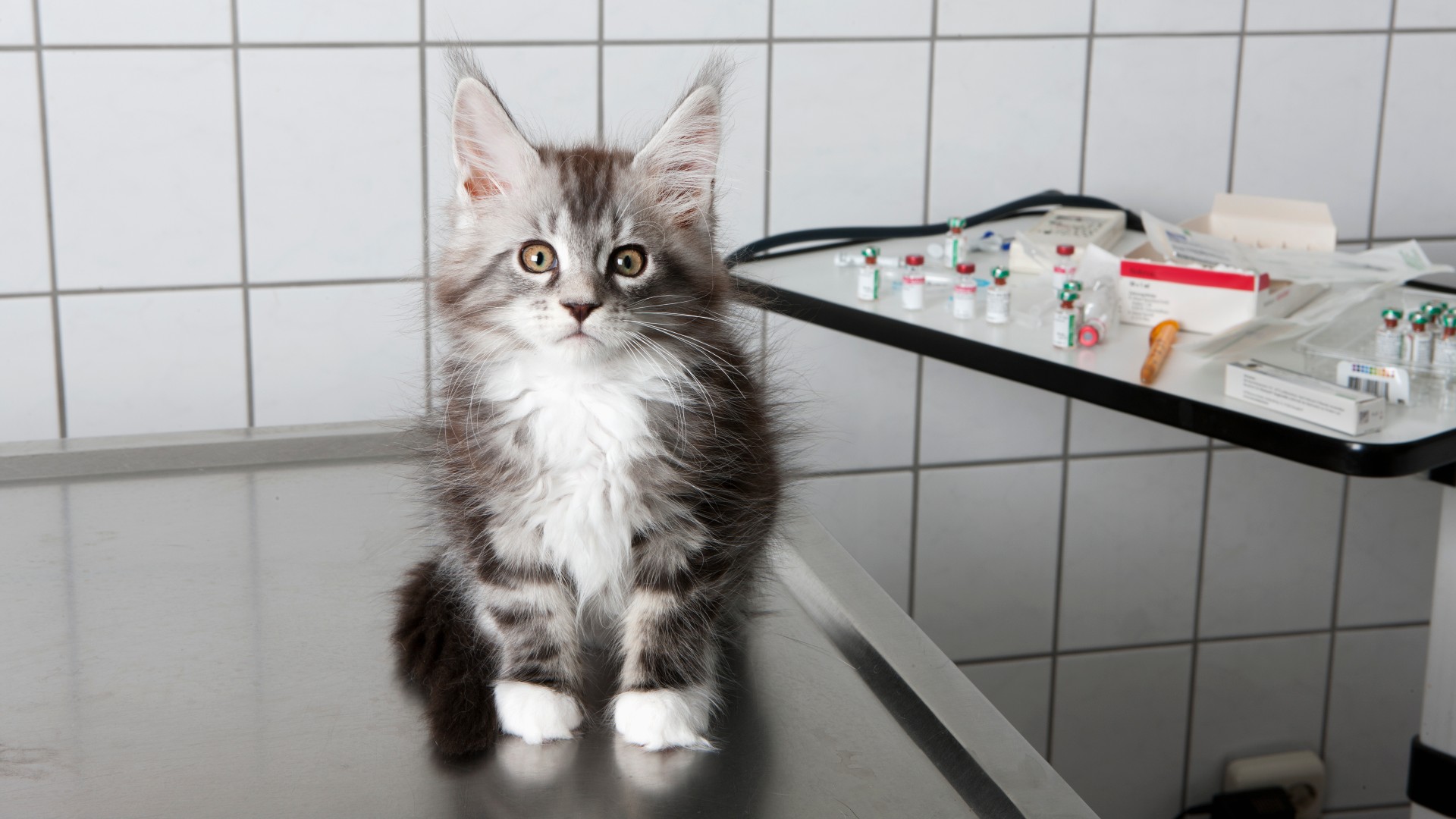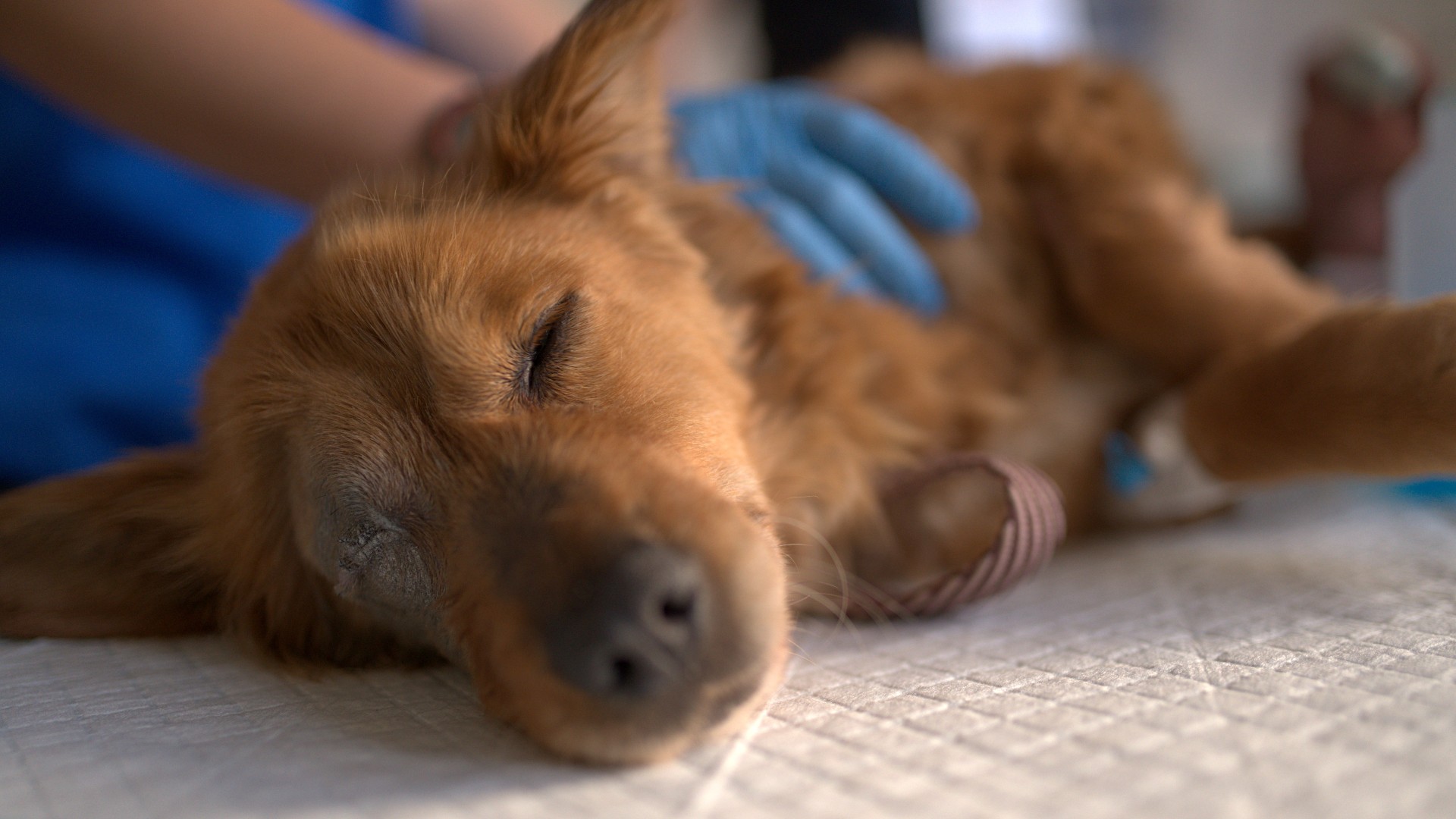Does pet insurance cover spaying?
Does pet insurance cover spaying? Our handy guide has everything you need to know

Does pet insurance cover spaying? If you’ve just welcomed a new furry bundle of fun into your family, it’s a question you’ve likely found yourself asking while pouring over the best pet insurance policies.
With so many stray and abandoned furbaby’s winding up in shelters around the world, veterinarians are working hard to spread the message to all pet parents that getting our pets spayed is the best way to help reduce the number of unwanted animals.
You probably already know that being a pet parent isn’t cheap. Between the cost of vaccinations, minor and major health issues, and unforeseen surgical procedures, it can sometimes feel like there’s more money leaving your bank account than coming into it!
While pet insurance can ease the financial burden, enabling us to recoup the cost for a lot of our furkid’s health care, they don’t cover everything, which is why doing your research beforehand is so important.
So, what about getting your furbaby fixed? Does pet insurance cover spaying? We’ve looked at a wide range of policies to bring you all the information you need to know.
What is spaying?
First things first. Whether you’ve heard it called fixed, neutering, or spaying, it can be helpful to know what exactly we’re talking about and why it’s so important.
Spaying, also known as an Ovariohysterectomy, is when the ovaries, fallopian tubes, and uterus are removed from a female dog or cat. Once this happens, your female furkid will be prevented from going into heat, eliminating breeding behavior and preventing her from reproducing.
Neutering, also called an Orchiectomy, removes the testes from male dogs and cats. This stops the typical male breeding behaviors and stops them from being able to impregnate a female.
Both of these procedures are known as surgical sterilizations, but there are also less common alternatives, such as a hysterectomy for females and vasectomy for males, where the hormones remain but the animal is unable to reproduce. Your vet will be able to advise you on the best course of action for your furkid.
In some cases, you’ll hear the words spaying and neutering being used interchangeably, but the underlying principle remains the same – the removal of certain reproductive organs to prevent your furkid from becoming pregnant or impregnating another furkid.
Why is spaying important?
Every year, millions of stray animals wind up in shelters or live unwanted on the streets. While many are fortunate enough to be rehomed, many more are euthanized when forever families are unable to be found.
Having your cat or dog sterilized doesn’t just help reduce these numbers, it also has some important health benefits and can reduce many of the unwanted behavioral issues that can occur when your pet is in heat.
For female pets, spaying can help prevent uterine infections and breast tumors, many of which end up being malignant. With male furkids, neutering reduces the risk of prostate problems and prevents testicular cancer.
The behavioral benefits also make it well worthwhile, stopping the yowling of female cats in heat as they attempt to attract a mate and making male dogs less territorial. Spayed and neutered pets are less likely to leave the property and roam too, so if they’re not fitted with one of the best pet trackers, having them fixed is a great way to keep them safe.
The cost of spaying your pet

Now that you know a little bit more about the process, it’s time to dive into the meaty part – how much is all of this going to cost you? Well, as with anything, the price can vary, and in some cases, quite dramatically.
At the low end of the scale, popular chains like Petsmart have partnered with the likes of the ASPCA to drive the cost of these procedures down to as little as $100 to try and encourage pet parents to spay their furkids.
The issue is that for some people, these services aren’t offered in their area, so depending on where you live you may find yourself paying a lot more. Spaying is more expensive than neutering because of the process involved, and if you go to a private full-service vet clinic, it’s likely to set you back anywhere between $300-$600.
It’s worth pointing out that smaller and younger cats and dogs will cost less than bigger breeds or older animals, so if you decide to get your pet spayed make sure you do it as soon as they’re eligible.
Does pet insurance cover spaying?
Here’s where things start to get a bit tricky. Most pet insurance companies don’t cover the cost of spaying surgeries in their policies and that’s because pet insurers typically see this as an elective procedure that’s planned, as opposed to an emergency.
It’s not all bad news though. If you shop around, you’ll notice that some companies have wellness plans that you can choose to add on to your existing policy, and these cover a wide range of routine procedures and checkups – many of which include spaying and neutering.
Is it worth getting a wellness plan?
Whether or not you feel investing in a wellness plan is worth it or not will largely depend on what you’d like to get out of it. If all you’re wanting it for is to cover the cost of spaying, then it’s probably best to get a standard policy and pay for the sterilization yourself, if you’re in a position to do that.
Dog and cat wellness plans are worth considering if you’re looking for a long-term holistic approach to your pet’s health. The monthly cost of the add-on ranges from around $9 a month to $25 a month and can cover the cost of vaccinations, microchipping, deworming, health screenings, flea and tick prevention, and blood work.
Will your pet insurance cover surgical complications?
While it’s rare for any complications to arise with a standard procedure such as spaying, it’s worth being aware that in rare instances things like swelling at the incision site, mild bleeding, infection, fluid accumulation, and opening of the incision can occasionally occur.
It’s worth investigating whether your chosen pet insurance provider covers these costs – some will, provided the surgery didn’t take place during the waiting period for the policy or occur before the effective date.
PetsRadar Newsletter
Get the best advice, tips and top tech for your beloved Pets

Kathryn is a freelance writer who has been a member of the PetsRadar family since it launched in 2020. Highly experienced in her field, she's driven by a desire to provide pet parents with accurate, timely, and informative content that enables them to provide their fur friends with everything they need to thrive. Kathryn works closely with vets and trainers to ensure all articles offer the most up-to-date information across a range of pet-related fields, from insights into health and behavior issues to tips on products and training. When she’s not busy crafting the perfect sentence for her features, buying guides and news pieces, she can be found hanging out with her family (which includes one super sassy cat), drinking copious amounts of Jasmine tea and reading all the books.
